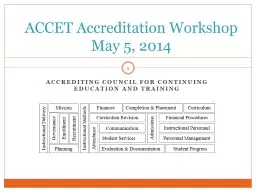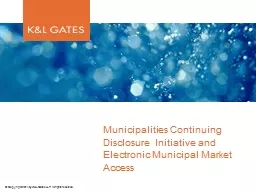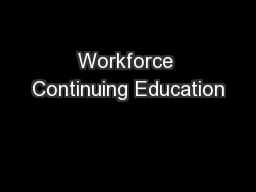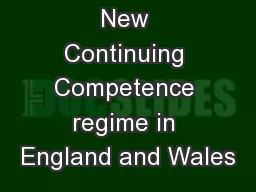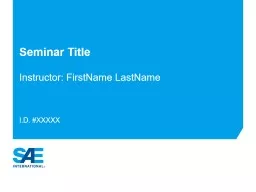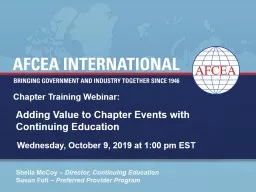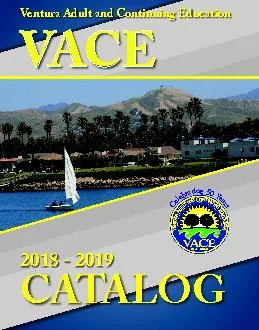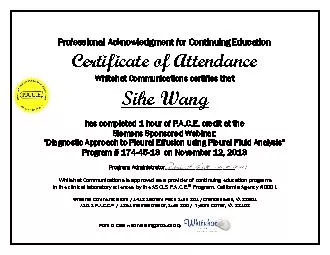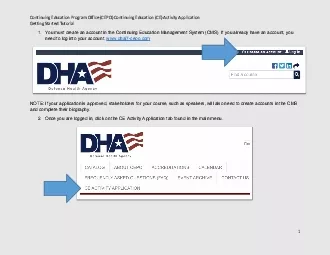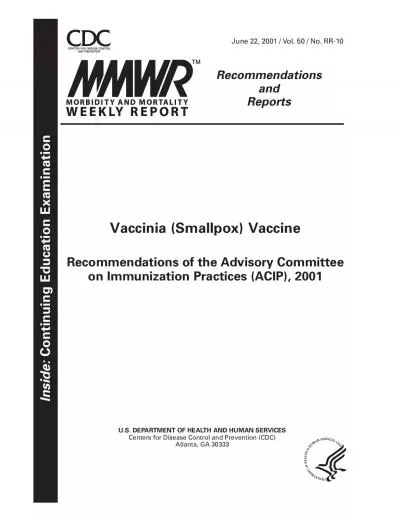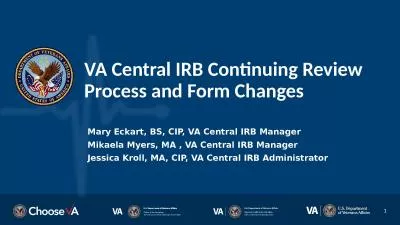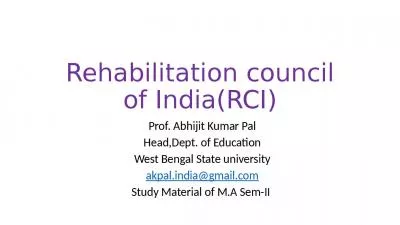PPT-ACCREDITING Council for Continuing Education and Training
Author : mitsue-stanley | Published Date : 2018-01-21
1 ACCET Accreditation Workshop May 5 2014 Planning Personnel Management Communication Governance Financial Procedures Curriculum Revision Instructional Methods
Presentation Embed Code
Download Presentation
Download Presentation The PPT/PDF document "ACCREDITING Council for Continuing Educa..." is the property of its rightful owner. Permission is granted to download and print the materials on this website for personal, non-commercial use only, and to display it on your personal computer provided you do not modify the materials and that you retain all copyright notices contained in the materials. By downloading content from our website, you accept the terms of this agreement.
ACCREDITING Council for Continuing Education and Training: Transcript
1 ACCET Accreditation Workshop May 5 2014 Planning Personnel Management Communication Governance Financial Procedures Curriculum Revision Instructional Methods Recruitment Enrollment Attendance. This revision is effective as of February 1 2009 and supersedes all previous ver sions brPage 3br TABLE OF CONTENTS SECTION ONE Page A Introduction1 B Background of the APA Sponsor Approval System SAS 1 SECTION TWO Standards and Criteria Standard A The devil is in the details!. klgates.com. 2. Background. Securities Exchange Commission (SEC) generally (historically) regulated the issuance of corporate (not public) securities. In the 1990s, embarked on a new venture. Operations an. . CE Accountability. Professional Development. Educational accountability targets either the . processes . or results of education. . Desired goals are . identified . Measures . are identified for determining whether the . Jenny Crewe – Special Adviser, Legal Education and Training . Outline. Who’s who?. Distinction between barristers and solicitors. Legal regulation in England and Wales. Status quo in terms of education. Seminar Title Instructor: FirstName LastName I.D. #XXXXX By the end of this course you will be able to: Objective 1 Objective 2 Course Objectives Module 1: Introduction By the end of this module you will be able to: . SYFTET. Göteborgs universitet ska skapa en modern, lättanvänd och . effektiv webbmiljö med fokus på användarnas förväntningar.. 1. ETT UNIVERSITET – EN GEMENSAM WEBB. Innehåll som är intressant för de prioriterade målgrupperna samlas på ett ställe till exempel:. Susan Fofi. . – . Preferred Provider Program. Adding Value to Chapter Events with Continuing Education. Wednesday, October 9, 2019 at 1:00 pm . EDT. Continuing education. Why does AFCEA support continuing education?. 2018 - 2019 CATALOG VACE VENTURA ADULT AND CONTINUING EDUCATION VACEEst.1968 Celebrating 50 Years Certificate of Attendance Whitehat Communications certifies that Sihe has completed 1 hour of P.A.C.E. credit at the Siemens Sponsored Webinar : " Diagnostic Approach to Pleural Effusion using Pleur NOTE If your application is approved stakeholders for your course such as speakers will also need to create accounts in CMSand complete their biographyOnce you are logged in click on the CE Activity A June 22, 2001 / Vol. 50 / No. RR-10 Continuing Medical Education for U.S. Physicians and Nurses Continuing Medical Education for U.S. Physicians and Nurses Continuing Education Examination CDC is a Mary Eckart, BS, CIP, VA Central IRB Manager . Mikaela Myers, MA , VA Central IRB Manager. Jessica Kroll, MA, CIP, VA Central IRB Administrator . Webinar Housekeeping. Recording. - This session is recorded, and the associated handouts will be available on ORPP&E’s Education and Training website within a week after the webinar.. Prof. Abhijit Kumar Pal. Head,Dept. . of Education. West Bengal State university. akpal.india@gmail.com. Study Material of M.A . Sem. -II . Introduction. Brief History of RCI. 1986- as a registered society. Clavering Parish Council. This plan considers the work of Clavering Parish Council both during the current circumstances and into the future. It will be updated and amended in light of any new information, guidelines or strategic goals the Council...
Download Document
Here is the link to download the presentation.
"ACCREDITING Council for Continuing Education and Training"The content belongs to its owner. You may download and print it for personal use, without modification, and keep all copyright notices. By downloading, you agree to these terms.
Related Documents

